Invisalign Beaverton
An Alternative to Traditional Orthodontics

Wearing metal brackets and wires is not what many teens and adults envision when learning that they need braces. The challenges that can come with traditional orthodontics are often enough to make many patients avoid treatment altogether. Fortunately, there is an alternative solution – Invisalign. As clear plastic aligners that work to produce the same results – a straighter smile – they are more discreet and capable of shifting teeth with less irritation and discomfort. Call us today to find out if you are a good candidate for Invisalign in Beaverton.
Why Choose Wolfe Dental Cedar Mill for Invisalign?
- Your Dental Insurance is Welcome
- Digital Impression System for More Comfortable Aligners
- Available for Teens & Adults
How Invisalign Works
Invisalign consists of clear plastic aligners that are custom-made to follow your smile as it progresses through treatment. Arriving in sets, you are instructed to wear them 20-22 hours a day. This allows your teeth to receive gentle, consistent pressure so that they will shift into proper alignment. After 1-2 weeks, you will switch your trays to the next set in the series. Throughout your treatment, you will have multiple follow-up appointments with our team to ensure that everything is moving smoothly. While timelines are different for each patient, it is not uncommon for patients to be finished with Invisalign clear aligners in 12-18 months.
Who Can Invisalign Help?
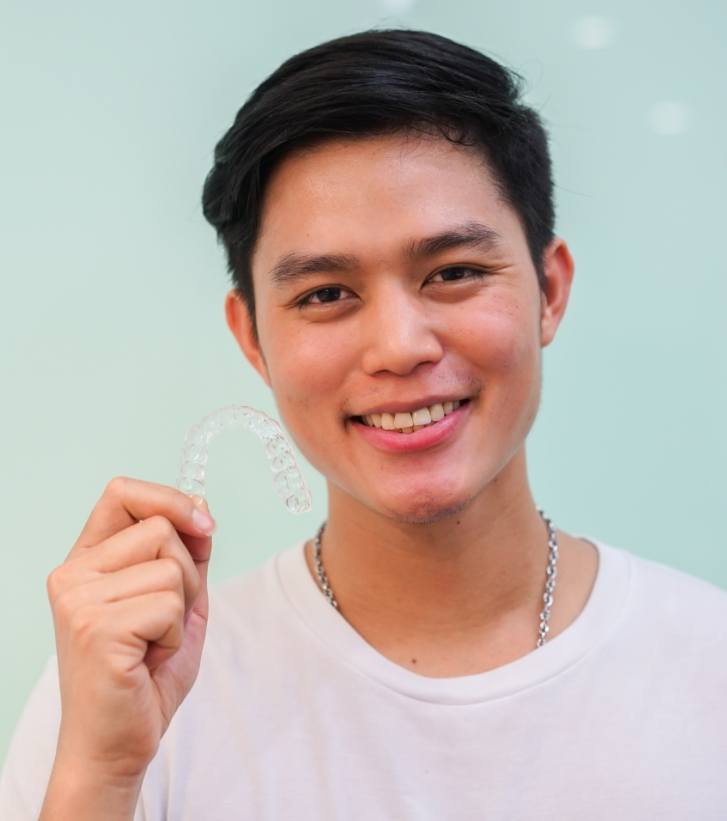
If you are struggling with overcrowding, crooked, or gapped teeth, you will find that Invisalign can help to make changes to your oral structure so that your teeth move into proper alignment. It is also possible for these trays to address minor cases of overbite, underbite, crossbite, and open bite. In addressing these issues, you will notice that your teeth come together more fluidly, allowing your jaw and bite to function correctly.
Crowded Teeth
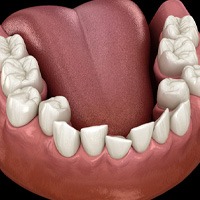
If there isn’t enough space in your mouth, then your teeth will overlap. Whether your case is minor or severe, it’s important to schedule a consultation with us so we can determine if you’re a candidate for Invisalign. If you are, then we can use the clear aligners to gently move your teeth into their properly aligned positions, preventing tooth decay and improving your confidence in the process.
Gaps Between Teeth
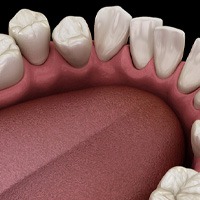
Of course, some patients are struggling with the opposite: there is too much space between their teeth. Since both small and large gaps can trap food particles, plaque, and debris, this orthodontic problem has the potential to wreak havoc on your oral health too. We recommend scheduling a consultation with us before that happens! That way, we can determine if clear aligner treatment is right for you and, if it is, get started on improving the look, health, and function of your smile.
Overbite
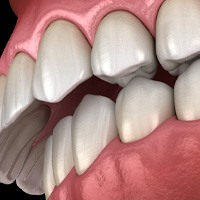
You want your top teeth to sit in front of your bottom teeth, but not too much. If there is a significant space, then you have an overbite, which can lead to everything from trouble enunciating clearly to chronic jaw pain. Fortunately, Invisalign can address bite problems as well! If your case is relatively mild, then we can use the clear aligners and a few other orthodontic accessories, like attachments, to guide your teeth and your bite into proper alignment.
Underbite
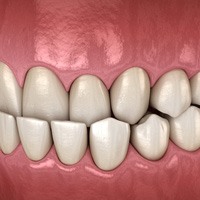
An underbite is when your lower teeth jut out beyond your upper teeth. If you have this bite problem, then you know all too well the negative toll it can have on both the look and function of your smile. Plus, it can lead to everything from TMJ dysfunction to persistent jaw pain. Similarly to an overbite, we can incorporate other orthodontic accessories, like rubber bands, into your clear aligner treatment plan to improve the alignment of your bite as well as the alignment of your teeth.
Crossbite
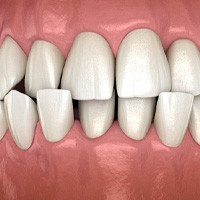
A crossbite is when you have a mixture of an overbite and underbite (some of your bottom teeth sit in front of your top teeth and vice versa). While severe cases often require traditional braces, more moderate and mild cases can usually be fixed with Invisalign. Again, rubber bands, buttons, and other orthodontic accessories may be needed to ensure the final result is the beautiful, healthy, and functional smile you deserve.
Open Bite
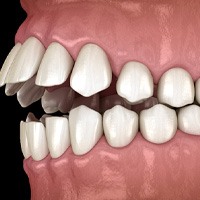
Usually the result of genetics or thumb-sucking as a child, an open bite is when your teeth don’t come together evenly in the front or back. This may not seem like much of an issue, but it comes with its own set of problems, including premature wear and tear on certain teeth. That’s why it’s so important you undergo orthodontic treatment – it will benefit every aspect of your smile!
Living with Invisalign
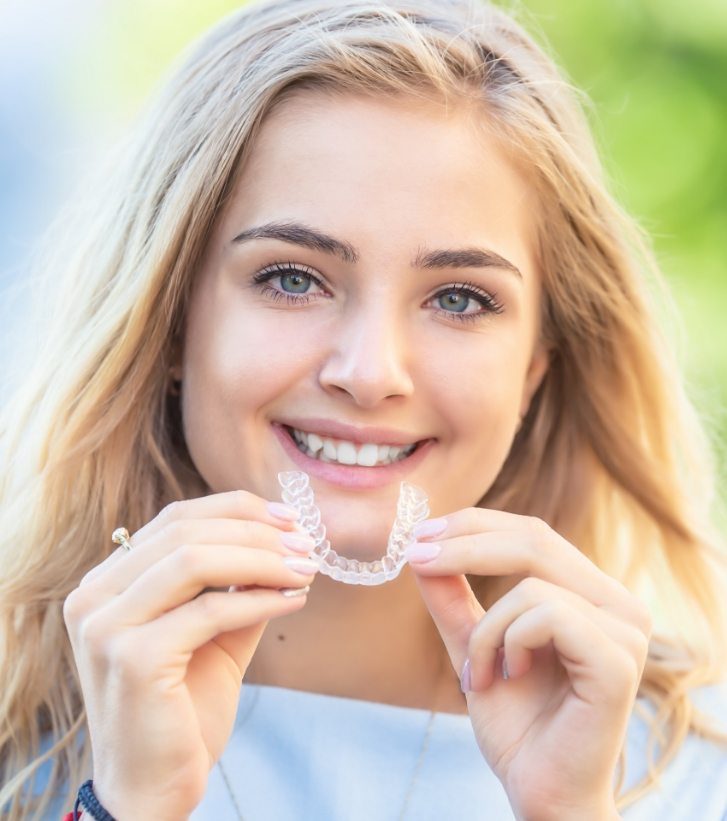
When turning to Invisalign to straighten your teeth, you may be excited about the idea of pursuing a more discreet form of treatment, but you may also wonder what life will be like with your new braces. Before you begin to panic, you can trust that our team of professionals will provide detailed instructions that will help you navigate daily life with your clear aligners. From eating and speaking to keeping them clean and protected, we’ll make sure that you have all the information you need to succeed.
The Benefits of Invisalign
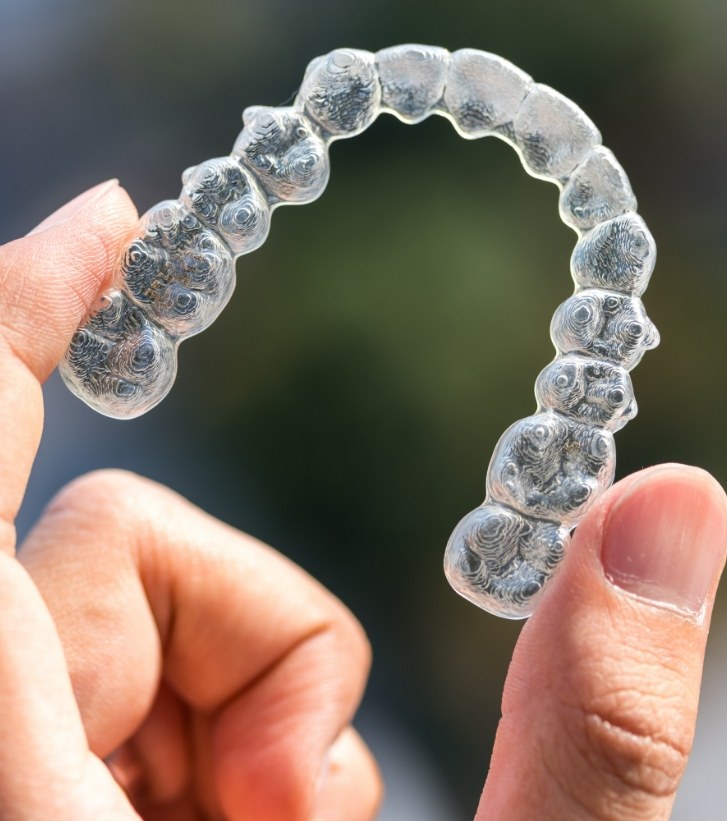
While the most obvious benefit of Invisalign near Cedar Mill is its discreetness, there are plenty of other great advantages that come with choosing this type of orthodontic treatment. Some of these benefits include:
- Being able to eat without worrying about food getting stuck in your braces (you must take your aligners out to eat or drink)
- The potential to achieve results much quicker than with traditional braces (i.e., 12-18 months versus 2-3 years)
- Less irritation because no wires or brackets are rubbing against soft oral tissues
Understanding the Cost of Invisalign
The cost of Invisalign is not something that can be determined ahead of time. You must first schedule an appointment with a member of our dental team so that we can perform a thorough examination of your mouth. Once digital images are taken and proper analysis of your teeth, jaw, and bite are completed, we will formulate a cost breakdown for you to review. We will then go over ways to maximize your dental insurance benefits and discuss additional payment options should you require them.
Invisalign FAQs
Who Invented Invisalign?
The inventors of Invisalign are Zia Chishti and Kelsey Wirth. While attending Stanford University, Zia underwent traditional orthodontics. Like most patients at the time, he wished there was a way to achieve the same reliable results but without the uncomfortable and noticeable brackets and wires. Align Technologies, LTD was founded on this vision, and today more than 12 million patients around the world have used Invisalign!
Does Invisalign Hurt?
Let’s move onto one of the most asked questions about Invisalign: does it hurt? Don’t worry – the answer is “no.” That’s because there aren’t any brackets or wires, and each aligner is custom-made to fit the unique contours of your mouth. Furthermore, there are several easy ways to alleviate any discomfort that does arise, including sticking to soft foods and taking OTC pain medication as directed.
How Long Does Invisalign Take?
On average, Invisalign takes between 12 and 18 months. With that said, there are numerous factors that impact the length of your treatment, including the complexity of your case and how many aligners are needed. It’s also important that we mention here that how well you follow the treatment guidelines will impact how long it takes to get the results you desire. So, be proactive about following all of the rules, like wearing your aligners for 20-22 hours a day.
Can You Eat with Invisalign?
You won’t have to worry about cutting out any foods from your diet since there aren’t any dietary restrictions with Invisalign. There’s really just one rule: you need to remove your aligners before eating or drinking anything other than water. If you don’t, then you can run into numerous issues, including a broken aligner that delays your treatment plan significantly.
What Are Invisalign Attachments?
When patients think of Invisalign, they often think of clear aligners. However, this discreet orthodontic treatment sometimes requires the use of rubber bands, buttons, and attachments. In short, attachments are little pieces of tooth-colored resin that are bonded directly to your teeth, giving your trays something to grip. Usually, these are used when the case of malocclusion is more moderate, and you could have anywhere from 1 to 20 or more – it really depends on your unique treatment plan!
Can I Drink Coffee with Invisalign?
You can. Just make sure to take your aligners out first! This will prevent them from taking on a yellow or brown hue, which will negatively affect the look of both your trays and your teeth. We recommend drinking your coffee alongside a meal or snack as well to cut down on the amount of time you aren’t wearing your aligners.
